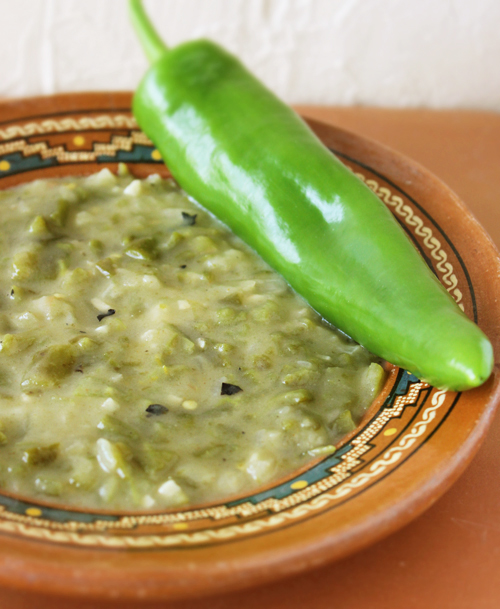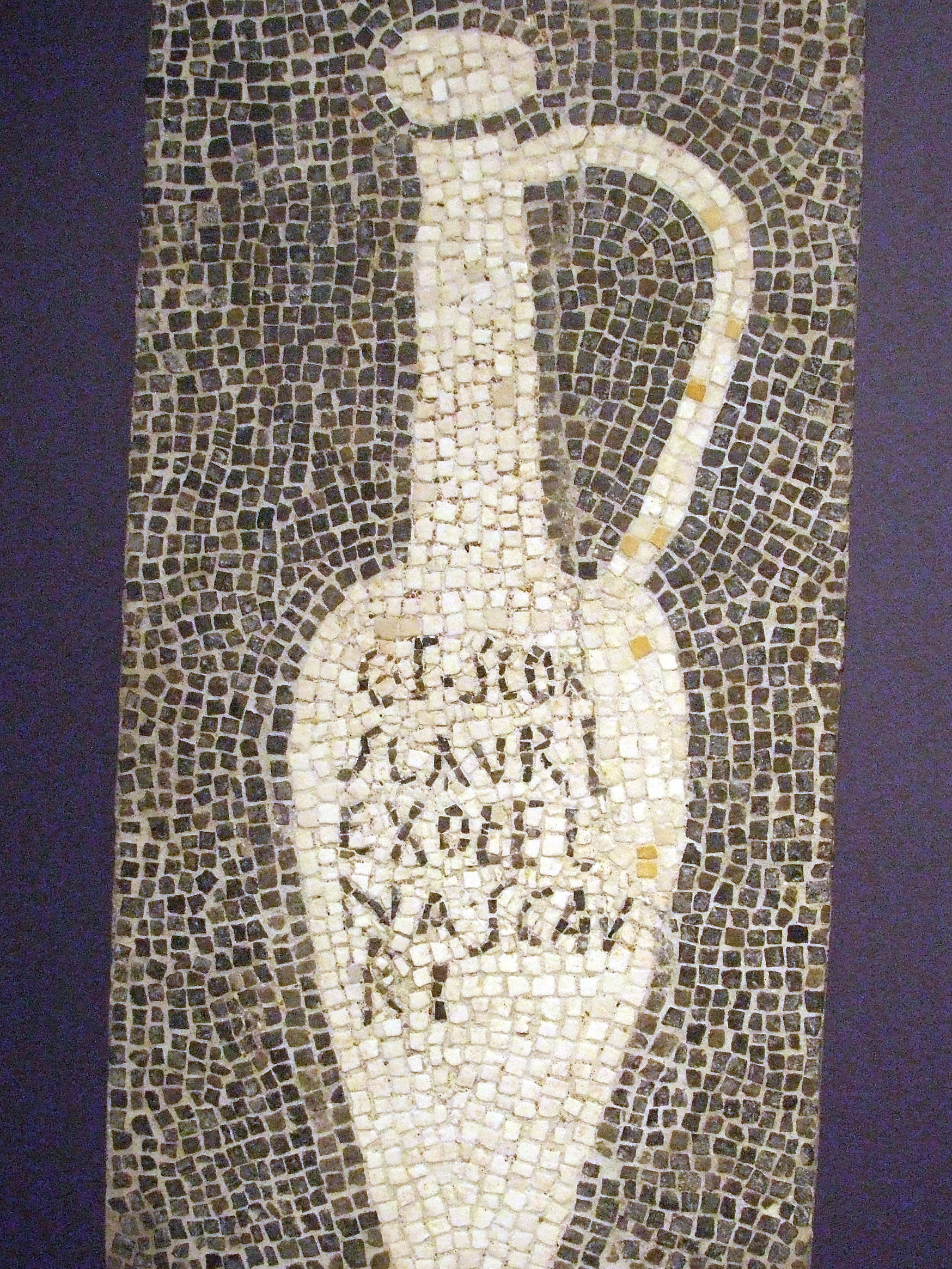G IS FOR GREEN CHILE
By:
April 3, 2023

An installment in CONDIMENT ABECEDARIUM, an apophenic food-history series from HILOBROW friend Tom Nealon, author of the seminal book Food Fights and Culture Wars: A Secret History of Taste (2016 UK; 2017 US); and also — here at HILOBROW — the popular series STUFFED (2014–2020) and DE CONDIMENTIS (2010–2012).
CONDIMENT ABECEDARIUM: SERIES INTRODUCTION | AIOLI / ANCHOVIES | BANANA KETCHUP / BALSAMIC VINEGAR | CHIMICHURRI / CAMELINE SAUCE | DELAL / DIP | ENCURTIDO / EXTRACT OF MEAT | FURIKAKE / FINA’DENNE’ | GREEN CHILE / GARUM | HOT HONEY / HORSERADISH | INAMONA / ICE | JALAPEÑO / JIMMIES | KECAP MANIS / KIMCHI | LJUTENICA / LEMON | MONKEY GLAND SAUCE / MURRI | NƯỚC CHẤM / NUTELLA | OLIVE OIL / OXYGALA | PIKLIZ / PYLSUSINNEP SAUCE | QIZHA / QUESO | RED-EYE GRAVY / RANCH DRESSING | SAMBAL / SAUERKRAUT | TZATZIKI / TARTAR SAUCE | UMEBOSHI / UNAGI SAUCE | VEGEMITE / VERJUS | WHITE GRAVY / WOW-WOW SAUCE | XO SAUCE / XNIPEK | YOGHURT / YEMA | ZHOUG / ZA’ATAR | GOOD-BYE TO ALL TZAT(ZIKI).

Just to be clear, when we are talking about green chile, it’s the popular New Mexican one: long, fat, ranging unpredictably from barely more than poblano heat to genuinely uncomfortable. I am not talking about the green bell pepper, a species of capsicum annuum that traveled to Spain a long time ago and came back wrong. I have misgivings about even composting those green peppers for fear of the insipid qualities of the soil that would result. Both, though, have in common that they are picked before they are technically ripe.
We are also not talking about the “Anaheim” pepper which is a green chile that went to California and took up yoga and bought some pleated pants. A proper green chile is a little mean, a little unpredictable, just a little bit deranged from too much sunlight and altitude.
It’s hard to explain the ubiquity of the green chile in New Mexico if you haven’t wandered around there eating for a week or so. Even then, while you will have seen it on hamburgers, pizza, eggs, in stews and enchiladas, chile rellenos, smothered burritos, and stuffed sopapillas and been amused by the fact that every national chain, from McDonalds to Pizza Hut to Wienerschnitzel has had to offer it on their NM menus, you still might not understand what green chile has done to the hearts and minds out there. Hang around long enough and you’ll see it on waffles and pie, in butter and grits, and baked into bagels and muffins. If you persist, right around the time it stops seeming weird that you are spending your days just swimming in the stuff, wandering from one flimsy excuse to deploy green chile to another, your pheromone profile altered to display NM RESIDENT and you can tell it’s almost Fall because you are walking around with a growing panicky feeling that the supply of roasted chile in your freezer is nearly depleted, September will roll around again and from every dusty parking lot will spring propane tanks and wire mesh chile roasters next to burlap sacks full of chiles and you will suddenly think of a thousand thousand more things to put it on.
Everyone eats the “Big Jim” birthed in the early 20th century at NMSU and deployed in Southern NM (especially around Hatch), but there are actually lots of landrace chiles that have been grown in specific spots for centuries — chiles that have adapted to elevations further north in the native pueblos that they take their names from: Zia, Santo Domingo, Jemez, San Felipe, Sandia. These chiles trace their history back to pre-colonial trade routes from the pueblos into Mexico. They are similar — “Big Jim” and the other ag school varieties are based on the chiles that grew well in the state — but often hotter and more likely to be allowed to ripen. Of course, then they are red chiles and a whole other thing…

Downtown Portus, 1st Century BCE:
They used to make the best garum you’ve ever tasted right over there, just on the other side of those docks. I used to sit up on that hill with Lucius and Marcus and watch the mackerel boats come in to unload. Of course, nobody lived in this part of town on account of the smell, but watching them gut those mackerel, collect the innards and salt them in rows of barrels just down there? What a sight.
At low tide we would gather up cockles and barnacles, whelks, mussels and fish carcasses and bring them to the salters over on that big stone pier where they would shell them and lay them out in the sun. They’d give us an As or two per bucket, or even a Dupondius once in a while, depending on the market, and they weren’t picky at all — you could bring them almost anything that used to wriggle, squirm, glide or burrow. Or swim, if we could borrow a net and find some anchovy or cuttlefish. Packs of children with pockets full of As used to get into all manner of trouble down on the docks. It was a glorious time.
But it’s all over now, they’ve moved the whole industry to the provinces and we are left to imagine Mercian youth collecting shellfish in the shallows, frolicking with the coins jingling in their pockets. All the kids here can do is watch when the ships filled with amphora dock and the men come out to unload them into carts bound for Rome. Once in a while one will roll off and smash on the cobbles, wafting that thick smell along the quai, a faint memory of the glorious miasma that once was. I’ll watch as the sauce runs in slowly thinning rivulets back into the sea and then limp back up the hill.
TOM NEALON at HILOBROW: CONDIMENT ABECEDARIUM series | STUFFED series | DE CONDIMENTIS series | SALSA MAHONESA AND THE SEVEN YEARS WAR | & much more. You can find Tom’s book Food Fights & Culture Wars here.
